Deck & Commander Strategies

Haldan, Avid Arcanist
Utilizes instant and sorcery spells with a focus on spell recursion and generating value from casting multiple spells in a turn, aiming to control the board and assemble combos.

Pako, Arcane Retriever
Leverages graveyard interactions and card recursion alongside artifact synergies to generate incremental value and fuel combo lines.

Narset, Jeskai Waymaster
Focuses on casting multiple noncreature spells per turn to generate card advantage and incremental value, often aiming to combo off with storm or other spell-based combos.

Cormela, Glamour Thief
Utilizes stealing and copying opponent's creatures to gain board control and leverage powerful ETB effects for advantage.

Hashaton, Scarab's Fist
Centers around artifact synergies, storm count, and generating tokens to overwhelm opponents or assemble fast combo kills.
Gameplay Insights
- 1
Casting Tabernacle at Pendrell Vale midgame significantly slowed down creature-based strategies by forcing players to pay mana or lose creatures each upkeep.
- 2
Effective use of instant-speed interaction, such as Force of Negation and Flusterstorm, helped players protect key plays and disrupt opponents' combos.
- 3
The sequencing of tutors and card draw spells was crucial, enabling players to find and assemble combo pieces rapidly while managing threats.
- 4
Duplicating storm-related creatures like Storm-Kill Artist increased storm counts and accelerated win conditions.
- 5
The game highlighted the importance of hand size and resource management, with players discarding aggressively to maintain tempo and avoid overextension.
Notable Cards
-
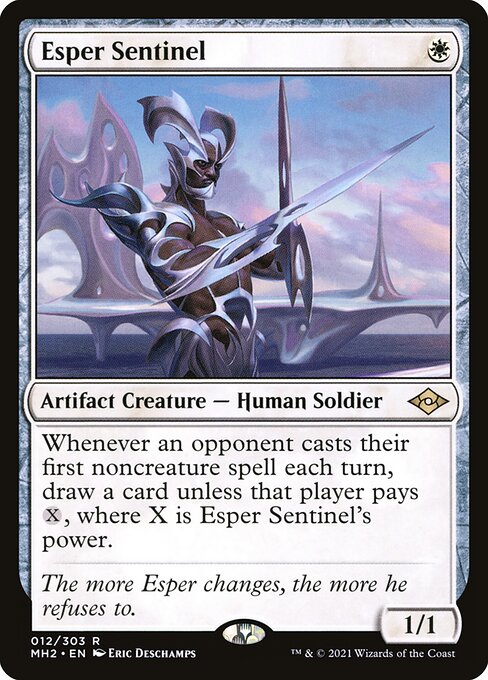
Esper Sentinel
-
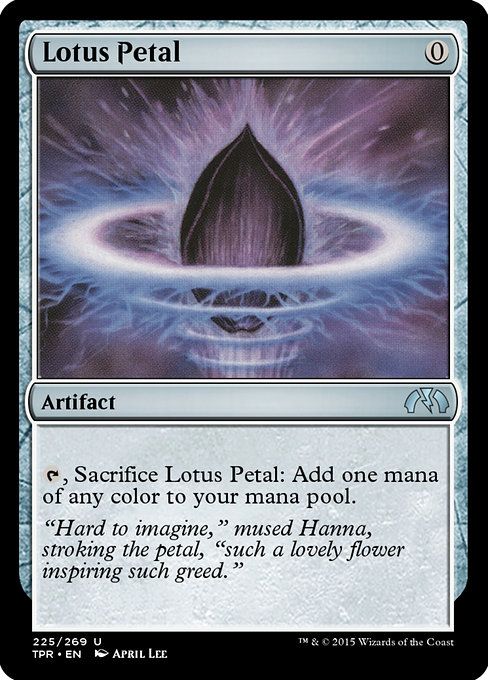
Lotus Petal
-
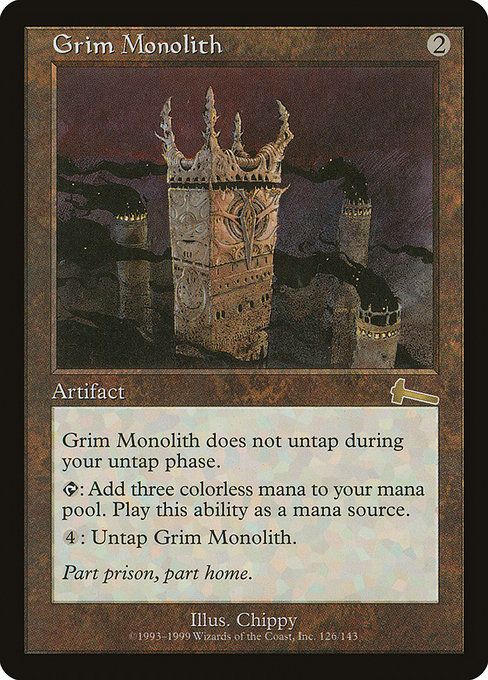
Grim Monolith
-

Dark Ritual
-
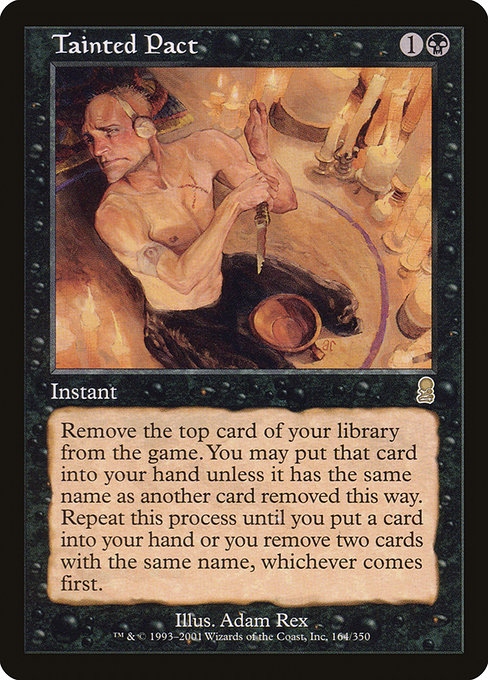
Tainted Pact
-

Force of Negation
-

Mystical Tutor
-
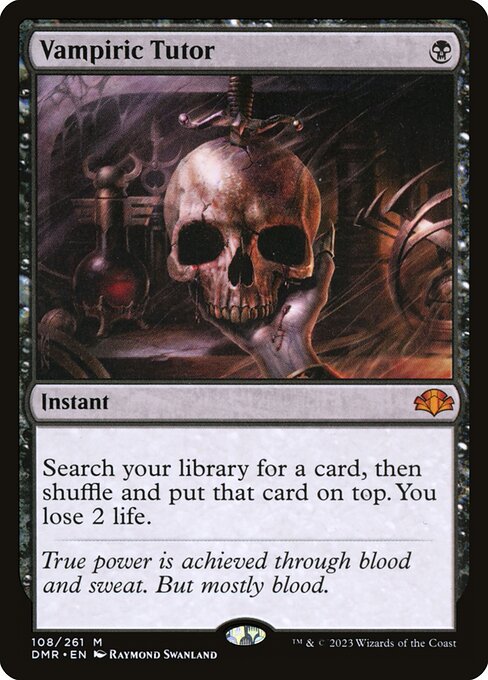
Vampiric Tutor
-

Psychic Frog
-

Grand Abolisher
Gameplay Summary
The game featured a fast-paced, competitive cEDH multiplayer match with five players piloting aggressive and synergistic decks.
Early turns saw multiple players establishing mana acceleration and card draw engines, including Lotus Petal, Grim Monolith, and Ristic Study.
One key moment was the casting of Esper Sentinel and subsequent counterplays with Force of Negation and other instant-speed interactions, which set the tone for a tight, interaction-heavy game.
Tabernacle at Pendrell Vale was played midgame, adding a taxing effect on all creatures and significantly slowing down the board state. The gameplay revolved around efficiently using tutors, fast mana, and disruption to assemble combo pieces or lock opponents down.
Players utilized storm count synergies, such as casting Storm-Kill Artist and duplicating tokens, while also managing threats with cards like Dark Ritual and Tainted Pact.
The final critical sequence involved a fast Oracle and a zombie token copy, but ultimately one player conceded, acknowledging that certain cards and lines of play were suboptimal in the current meta.
The game demonstrated the importance of sequencing, instant-speed interaction, and how taxing permanents like Tabernacle can shift the momentum.




























![The Crew Tries cEDH [Commander VS 310] | Magic: the Gathering Commander Gameplay thumbnail](https://i.ytimg.com/vi/MDWsV49RWBg/sddefault.jpg)













